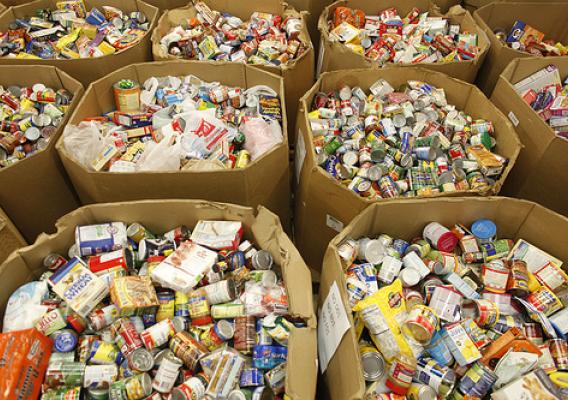As we begin a new year, I wanted to take a moment to reflect on USDA’s accomplishments in 2010. Last year, millions of families, communities and businesses across the nation benefitted from USDA’s programs. Even during these tough economic times, working with the rest of the Obama Administration, USDA has produced real results for Americans.
Since I came to USDA, we have taken steps to put Americans back to work while rebuilding a strong foundation for sustainable future economic growth – especially in our rural communities. We provided over $1 billion in financing to help thousands of small and emerging rural businesses expand, grow and innovate, creating or saving nearly 200,000 jobs. We supported the construction and renovation of 1,400 critical community facilities projects for millions of rural residents including 312 education facilities, 196 libraries, 179 health care facilities, and 563 fire, rescue, and public safety facilities. The Recovery Act gave us a real boost in these efforts. Described in our Working for Rural Communities Report, these investments continue to create jobs and stimulate economic activity in rural communities so that unemployment rates are dropping around rural America.








